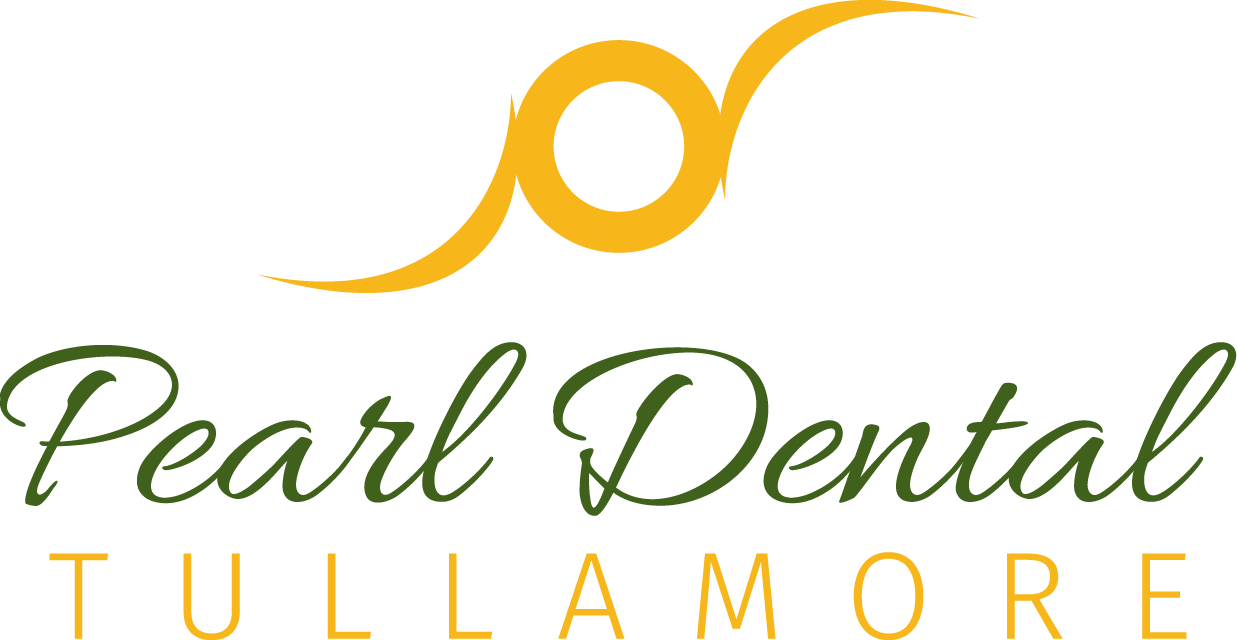Dental Hygiene
The Hygienist
The hygienist treats your mouth by cleaning all the plaque, tartar and staining off your teeth to rid your mouth of infection, inflammation and bleeding gums. This will ensure you keep your own natural teeth for the rest of your life.
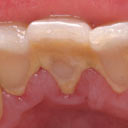
Gum Disease
This video explains how you and your dentist can work together to help solve the problem of plaque and Gum / Periodontal disease.
What is Gum / Periodontal disease?
Periodontal disease is inflammation of the tissues which support the teeth and attaches them to the jaw. Where inflammation only involves the soft gum tissue it is called gingivitis. Where inflammation reaches the bone it is termed periodontitis.
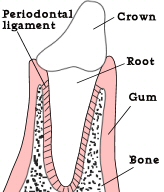
How are teeth attached to the jaws?
Each tooth has a root which is embedded in the jaw bone. The root is anchored to the bone by many tiny fibres, the periodontal ligament. The jaw bone is covered by soft gum tissue, which acts like a cuff to the neck of the tooth.
What do healthy teeth and gums look like?
Healthy gums are pink and firm. The edges cannot normally be separated from the teeth, and gums should not bleed when the teeth are brushed.
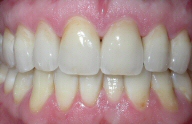
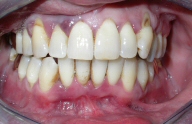
What are the signs of Gum/Periodontal disease?
Gum /Periodontal disease can sometimes go unnoticed until it is quite far advanced. However, most people will be aware of some of the following symptoms:
- Red, swollen gums
- Bleeding gums
- Bad taste
- Bad breath
- Gum shrinkage
- Loose teeth
- Teeth drifting apart
The classic sign of gingivitis – red swollen gums which bleed on brushing – is often the first indication of periodontal disease. Gum shrinkage and loosened teeth occur at the later stage of periodontitis, which may arise if measures have not been taken to control plaque, the underlying cause of periodontal disease.
Is Gum/Periodontal disease common?
Yes, more common than tooth decay. Nearly every adult is affected by it, and many teeth are extracted because of periodontal disease.
How does periodontal disease start?
If plaque is allowed to build up on the teeth, poisons produced by the bacteria make the gums inflamed. This early stage of periodontal disease is called gingivitis.
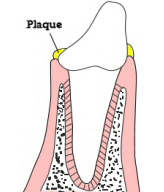
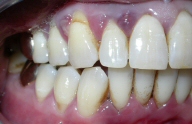
What do inflamed gums look like?
Inflamed gums are red, swollen and bleed on brushing. Plaque is often visible on the surfaces of teeth, besides each area of inflammation.
How does the inflammation spread?
In time, the plaque on the crown of the tooth may spread down below gum level; this usually occurs slowly and the inflammation produced results in bone destruction and formation of ‘pockets’ (spaces between the tooth and gum). Periodontitis is the name given to the stage of the disease when inflammation reaches the bone.
As more bone is destroyed, the tooth begins to loosen and, as the pockets get deeper, abscesses often occur. Sometimes the gum will shrink as bone underneath is destroyed so that part of the root will become visible in the mouth. However, the disease may reach an advanced stage without causing any pain.

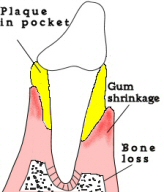
Do all teeth in the mouth become affected to the same extent?
No. Teeth that are kept completely clean will be free from disease. When present, disease is usually more severe towards the back of the mouth and between the teeth; these are areas that are difficult to clean.
Is failure to remove plaque the only cause of Gum/Periodontal disease?
Yes and No. Some people have a very strong inborn resistance and don’t experience severe periodontal disease even when their teeth cleaning is poor. Other people, although otherwise perfectly healthy, have a very low resistance to periodontal disease and have to achieve virtually perfect dental hygiene to prevent it. Most people are in between these two extremes.
I have always brushed my teeth twice a day. Why should I be affected?
You probably miss the same parts of your mouth every time you brush and these will be the areas affected by the disease. Most people don’t realise how difficult it can be to clean the ‘necks’ of the teeth beside the gums. So perhaps you need to spend more time and improve your method of brushing. However, even when you are expert at brushing, toothbrush bristles won’t go in between teeth and that is usually where the disease is most severe.
Is there a cure for Gum/Periodontal disease?
Yes; but treatment will depend on how far the inflammation has reached. Teeth which are affected only by gingivitis can be treated relatively easily with very good results. Your hygienist will make sure that your teeth are free from calculus and that you know how to clean them properly. After that, thorough cleaning every day will make the gums pink, firm and healthy again.
What about periodontitis: can it be cured?
Yes, except when it has become very advanced. That is why treatment must begin as soon as possible.
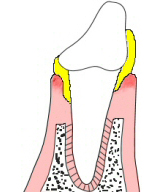 Before periodontitis treatment
Before periodontitis treatment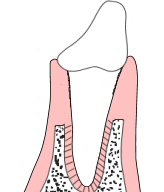 After periodontitis treatment
After periodontitis treatmentWhat does treatment of periodontitis involve?
You must first be shown how to brush properly and how to clean between your teeth. It is your responsibility to clean your teeth in this way every day. The dentist or hygienist will then remove the calculus from the pockets. This is done by scaling and root planning which may require several visits.
As the crown and roots become clean, the inflammation will disappear and the gums will tighten up around the root surfaces. Any redness or swelling in the gums should disappear and loose teeth may become firmer.
Why do I need an antibiotic treatment?
Sometimes if the pocket is deep, some of the bacteria will get left behind. In this case, the dentist will need to use an antibiotic.
Will this treatment stop the bone from being destroyed?
Yes.
If I go back to my old tooth cleaning habits, will the disease recur?
Yes. That is why it is important to ensure that you brush your teeth thoroughly twice a day.
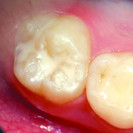
Fissure Sealants
These are protective coatings that are painted over the biting or top surfaceof the molar teeth to stop decay or holes forming. Recommeded mainly for children but adults can have peace of mind that their back teeth will be protected too.
